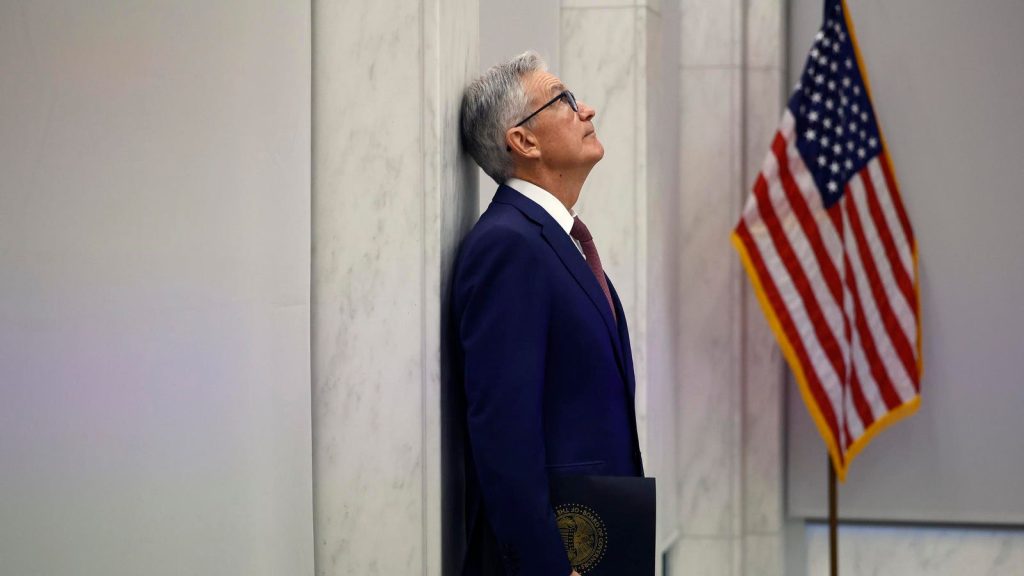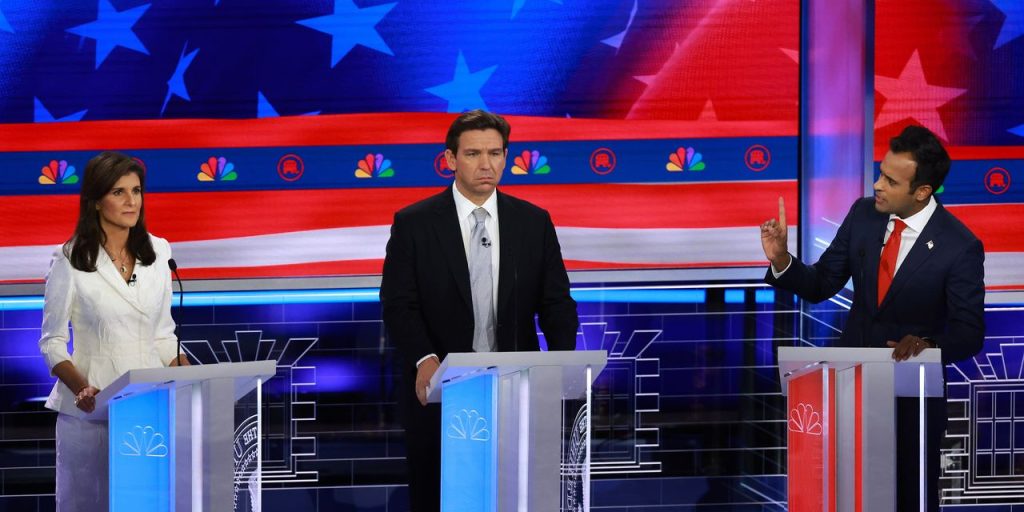WASHINGTON (Reuters) -Congress is staring down a Nov. 17 deadline for avoiding U.S. government shutdowns and likely will have to approve a short-term spending bill giving lawmakers more time to negotiate on the 12 bills to fund federal programs through Sept. 30, 2024.
The Democratic-controlled Senate and Republican-controlled House of Representatives have struggled for months over their respective bills. Once passed, the two chambers would then have to agree on compromise versions before sending them to President Joe Biden for signing into law.
But first, the House and Senate would have to agree upon the overall dollar amount of spending for the 12 bills combined. They have been battling over that figure since May, with the House seeking a lower level than the Senate, which has written its bills in accordance with an agreement reached by Biden and former House Speaker Kevin McCarthy.
Here is a rundown of the status of the 12 appropriations bills.
MILITARY CONSTRUCTION & VETERANS AFFAIRS
This bill funds the Department of Veterans Affairs, chemical cleanup programs and military family housing, as well as military construction for the Army, Navy, Air Force and others.
The Senate passed its version as part of a three-bill package on Nov. 1 with strong bipartisan support.
The House narrowly passed its version on July 27. This bill normally gets strong bipartisan support, but Democrats decried the inclusion of policy changes such as limiting access to abortion and slashing funds for military family housing.
AGRICULTURE
Funding for the U.S. Department of Agriculture and Food and Drug Administration, as well as a variety of food and nutrition programs for low-income people, passed the Senate as part of a three-bill package on Nov. 1 with bipartisan support.
The House’s agriculture bill was approved by a committee, but failed on a floor vote due to the inclusion of steep cuts to programs supporting rural development and conservation efforts that moderate Republicans refused to back. Its fate remains unclear.
TRANSPORTATION, HOUSING AND URBAN DEVELOPMENT (HUD)
This bill covers the Department of Transportation – which includes the Federal Aviation Administration overseeing all air travel in the United States – and the Department of Housing and Urban Development, which administers low-income housing support programs.
The Senate passed its bill as part of the three-bill package on Nov. 1 with bipartisan support.
The House was set to vote on its version Nov. 7, but a group of House Republicans from New York refused to back the bill due to the inclusion of cuts to Amtrak train funding. It was pulled from consideration and its fate is unclear.
DEFENSE
One of the largest of the 12 bills funds the Department of Defense – the Army, Navy, Air Force and the CIA.
The House passed its version along party lines on Sep. 28, after a protracted fight with conservative members who initially refused to support it because they did not think it cut enough spending.
The Senate’s version was passed out of committee on July 27.
ENERGY AND WATER DEVELOPMENT
Funds would keep programs operating at the Department of Energy and the Nuclear Regulatory Commission, among others.
The House passed a bill on Oct. 26 along party lines. The Senate’s was approved by a committee on July 20.
INTERIOR AND ENVIRONMENT
This bill funds the Department of the Interior – which oversees agencies, including the Bureau of Indian Affairs, Bureau of Land Management and the Environmental Protection Agency.
The House passed its bill along party lines on Nov. 3. The Senate’s version passed out of committee on July 27.
HOMELAND SECURITY
Another large funding bill would keep the lights on at the Department of Homeland Security, which oversees the U.S. immigration system, including security along America’s borders, and the FBI, as well as the Federal Emergency Management Agency.
The House passed its version along party lines on Sep. 28. The Senate’s version passed out of committee on July 27.
STATE AND FOREIGN OPERATIONS
This bill funds the United States’ international operations – the Department of State, the Agency for International Development and programs, including the Peace Corps.
The House passed its bill in a narrow 216-212 vote on Sep. 28.
The Senate passed its bill out of committee on July 20 and it is now awaiting a floor vote.
LEGISLATIVE BRANCH
The U.S. Congress’ activities would be allocated money to fund lawmakers’ offices, maintain Capitol-complex buildings, operate the Capitol Police force, the Library of Congress and the nonpartisan Congressional Budget Office.
The House passed its version on Nov. 1 along party lines. The Senate’s version passed out of committee on July 13.
FINANCIAL SERVICES AND GENERAL GOVERNMENT
This bill funds the Department of the Treasury, the District of Columbia, the Executive Office of the President and key independent agencies, including the Federal Trade Commission.
The Senate passed its bill out of committee on July 13. The House pulled its version from consideration ahead of an expected vote on Nov. 8, after Republican leadership failed to get moderates on board with a provision in the bill that would have limited abortion access in Washington, D.C.
COMMERCE, JUSTICE AND SCIENCE
This measure funds the Department of Commerce – which oversees the U.S. Census Bureau and the U.S. Patent and Trademark Office, among others – and the Department of Justice, an agency that has come under attack from some House conservative Republicans.
The House’s version was approved by the relevant subcommittee on July 14; the Senate’s passed out of committee on July 13.
LABOR, HEALTH & HUMAN SERVICES AND EDUCATION
One of the most controversial and difficult to pass, this bill funds the Department of Education, the Department of Health and Human Services and the Department of Labor, plus the Social Security Administration and the National Labor Relations Board.
The measure is often a magnet for battles over abortion and other social safety net programs and activities important to labor unions and companies.
The House’s version was approved by the relevant subcommittee on July 14; the Senate’s passed out of committee on July 27.
Read the full article here







